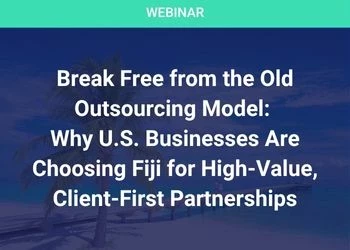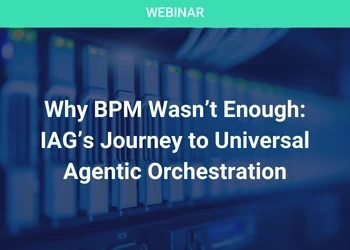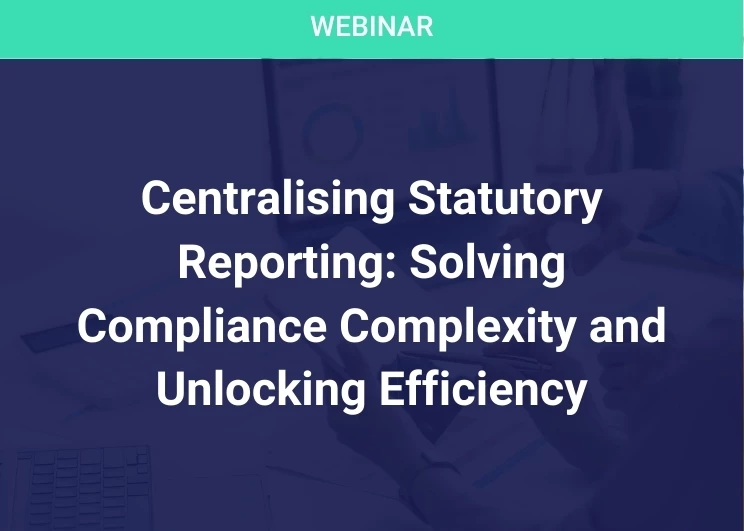Putting the Cart Before the Horse — or Approaching Outsourcing Without Insourcing
Add bookmarkConventional belief is that outsourcing functional processes without a previous implementation of shared services, or even adoption of the principles of shared services, is not advisable. However, sometimes there is no other viable option, as Donna Hastings, Managing Director, Organizational Development at Service Corporation International explains. Under pressure as a result of a large-scale acquisition, SCI opted to outsource much of its HR function without having first gone through the standardization implicit in shared services. It was a challenge, Hastings concedes, especially given that the HR processes were overhauled at the same time as implementing a new ERP system.
Background
It is generally accepted that before you outsource a function, or even a process, you should get your house in order. But markets don’t always work that way and textbooks frequently just don’t apply to real-life business situations! So it was with Service Corporation International, North America’s largest provider of funeral, cremation and cemetery services. In 2006, having just acquired its largest domestic competitor, SCI’s HR function was given just a year to incorporate an additional 8,500 employees, bringing the total up to 22,000 staff. Throw in a brand new ERP implementation, while also overhauling the HR processes, and we faced a challenging 12 months, to say the least.
We realized very quickly that providing these services in-house was not an option. In terms of HR, our structural model had been: generalists in the field servicing clients, and payroll and talent management handled from a centralized resource. The challenge was that we felt understaffed already. With a rough ratio of HR generalists to employees of 1:1400 we were constantly in reactive, or fire-fighting mode. Additionally, our processes were still predominantly manual and hugely administrative. We simply did not have the resources – the talent – inhouse to attempt to spread our services. Although we were (just) able to keep things going administratively, what was lacking was the ability to focus on the strategic aspect of HR. And this was going to be imperative moving forward as we planned to do.
So one of the things we had to ask ourselves, from an HR perspective, was, "Are we capable of building this program inhouse, or should we go outside?" Having been given only a year to transition added time pressure, in terms of building something internally. Additionally, we were already operating as a lean HR organization. What we needed was capability; and we didn’t have the talent to provide it. As we would have had to hire in this talent anyway, sourcing externally made sense. We needed to find someone to do this for us.
One advantage we had as a company was that different functions within Service Corporation International had already gone the outsourcing route. Finance and IT, for example, had been outsourced a few years earlier. So outsourcing was not a new theme for the company.
Implementation
Once we decided to outsource, we were given just a year to transition, of which two months were given up for contract negotiations etc. Given our decision to outsource to multiple providers, contracts had to be negotiated with the ERP provider (Oracle), the company who would be hosting our system (CedarCrestone), and our outsource partner who would provide payroll and administrative support services (OPI). Given the condensed timeline, we were forced to go on blind faith with a couple of our partners to get access to the technology while contracts were still being negotiated.
The key to our success had everything to do with forming strong partnerships with our providers. It took an all out effort on everyone’s part to meet our aggressive deadline and most importantly a willingness to go above and beyond what was expected.
Our outsourced arrangement has been running for over a year now, and overall is working well. We now have well-documented, standardized processes in place and all of our HR data is housed in one system. It’s still amazing to me that we were able to accomplish this transformation in such a short time. There were many sleepless nights as we came close to go-live. Our system go-live was January 2nd, so many on the project team didn’t see much of their families over the holidays. Looking back, this could never have been accomplished without the dedication and commitment of a lot of people – both internally and externally. The single toughest factor, if I had to pick out one, was overhauling the HR processes at the same time as implementing new ERP systems. Had we had well-established processes in place already, much of these issues would have been fixed prior to outsourcing.
About the Author
Donna Hastings leads Service Corporation International’s Organizational Development group to include Organizational Design and Effectiveness, Recruiting, Training, Leadership Development and Succession Planning. Among many strategic assignments during her career she recently led SCI’s HR transformation initiative designed to reposition HR as a strategic business partner. Ms. Hastings career has spanned 25 years as a consultant and senior executive and she is considered one of the HR industry’s thought leaders. She has been recognized in a number of HR publications and has presented at numerous conferences on topics such as strategic outsourcing, integrated talent management, and driving organizational performance.
Service Corporation International is North America’s largest single provider of funeral, cremation and cemetery services. It was founded in 1962 by Robert L. Waltrip, who still serves as chairman of the company’s board of directors. The Company’s original business plan was based on efficiencies of scale specifically, reducing overhead costs by sharing resources such as embalming, accounting, transportation and personnel among three or four funeral homes in a business "cluster." After three decades of expansion a North American network of nearly 1,400 funeral homes and cemeteries was reached by the end of 1992. The Company’s network today numbers more than 2,000 funeral service locations, cemeteries and crematories in the U.S. and Canada.





















